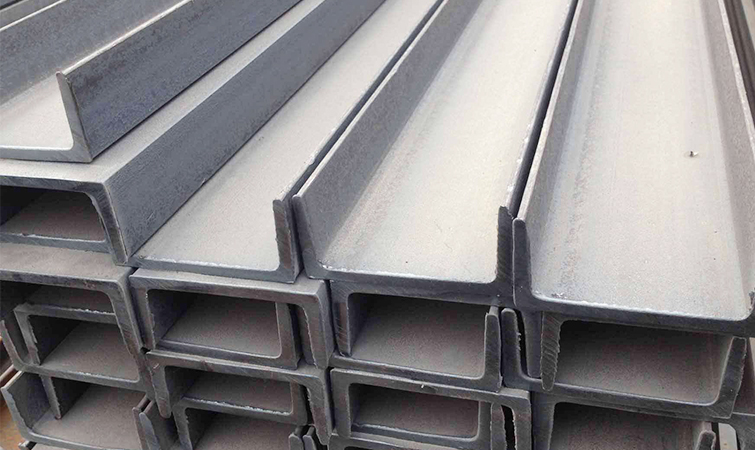Processes commonly used for austenitic and carbon steels can be used for duplex stainless steel cutting, but some adjustments to the parameters are necessary to accommodate differences in mechanical and thermal properties.
1. Sawing
Duplex stainless steel is more difficult to saw than carbon steel due to its high strength, high work hardening rate, and lack of inclusions that act as chip breakers. Use a high-powered machine, a powerful saw blade straightening system, a coarse saw blade, slow-to-medium cutting speeds, heavy feed, adequate coolant flow (preferably a combination of both lubrication and cooling) emulsifiers so that the saw blade transfers the coolant to the workpiece), etc. for best results. Cutting speeds and feeds should be similar to those for 316 austenitic stainless steel.
2. Cut
The shearing of duplex stainless steels uses the same equipment as for shearing 304 and 316 stainless steels and generally does not require special adjustments. However, due to the high shear strength of duplex stainless steel, the shear force must be increased or the shear thickness must be reduced.
For hot-rolled and cold-rolled sheet, the shear strength of stainless steel is approximately 58% of the tensile strength. In terms of actual shear strength ratios, the duplex stainless steel behaves like a thicker 316 stainless steel. Therefore, in a specific shear, the maximum thickness that 2304 and 2205 duplex stainless steel can be sheared is about 75% of the thickness of 304 and 316 stainless steel, while the maximum thickness that super duplex stainless steel can be sheared is ordinary austenitic stainless steel. 65% of body stainless steel.

3. Slitting
Conventional coil slitting machines can be used to cut duplex stainless steel coils and strips. The duplex stainless steel coil is sent from the uncoiler, and passes through the circular slitting blades of the upper and lower knife holders on the slitting line, and the reel rewinds the sheared steel coil. The position of the slitting blade can be adjusted according to the desired width of the coil product. Due to the higher strength of duplex stainless steels than austenitic stainless steels, slitting tool wear and edge stability are more difficult to control. Maintaining good slit edge quality of duplex coils requires the use of tool steel or carbide inserts.
4. Punching
Punching can be seen as a difficult form of shearing. High strength, rapid work hardening, and tear resistance make duplex stainless steel relatively difficult to punch and wear on tools. A good starting point and guideline is to treat duplex stainless steels as if they were twice as thick as austenitic stainless steels. High-alloyed duplex stainless steels with higher nitrogen content are more difficult to punch.
5. Plasma and laser cutting
Duplex stainless steels are typically machined using the same plasma and laser cutting equipment as austenitic stainless steels. The slightly higher thermal conductivity and lower sulphur content of duplex stainless steels may slightly affect the optimum parameters, but satisfactory results can be obtained without special adjustments. The heat-affected zone (HAZ) of the plasma cutting process is typically narrow, about 0.25 mm (0.010 in.), due to the single-pass, fast operation and rapid cooling of the sheet. Usually the machining of the weld groove and the melting of the vicinity of the base metal during welding removes the heat affected zone for plasma cutting.